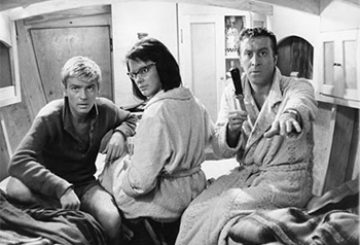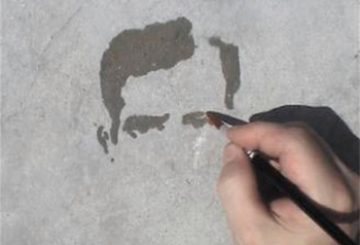The Vietnam War begins like so many Ken Burns films before it: by listing, in the inimitable voice of Burns’ go-to narrator Peter Coyote, a series of dichotomies that the ten-part, eighteen-hour behemoth will inevitably toggle between, and struggle with, for the duration of its running time. Honour and disgrace, victory and defeat, freedom and its opposite.
The visual style of these early moments is similarly recognisable to anyone familiar with Burns’ work. Take a photograph, pan across it, zoom in, zoom out, fade into the next. It’s a method so thoroughly associated with Burns – and one that will forever render descriptions of his work as “cinematic” a little silly, given how boring it appears when used on the big screen – that when Apple added it to their iMovie suite they named it the “Ken Burns effect”.
But then two things happen that haven’t happened in a Burns film before and they establish beyond question what a break The Vietnam War actually represents for him.


